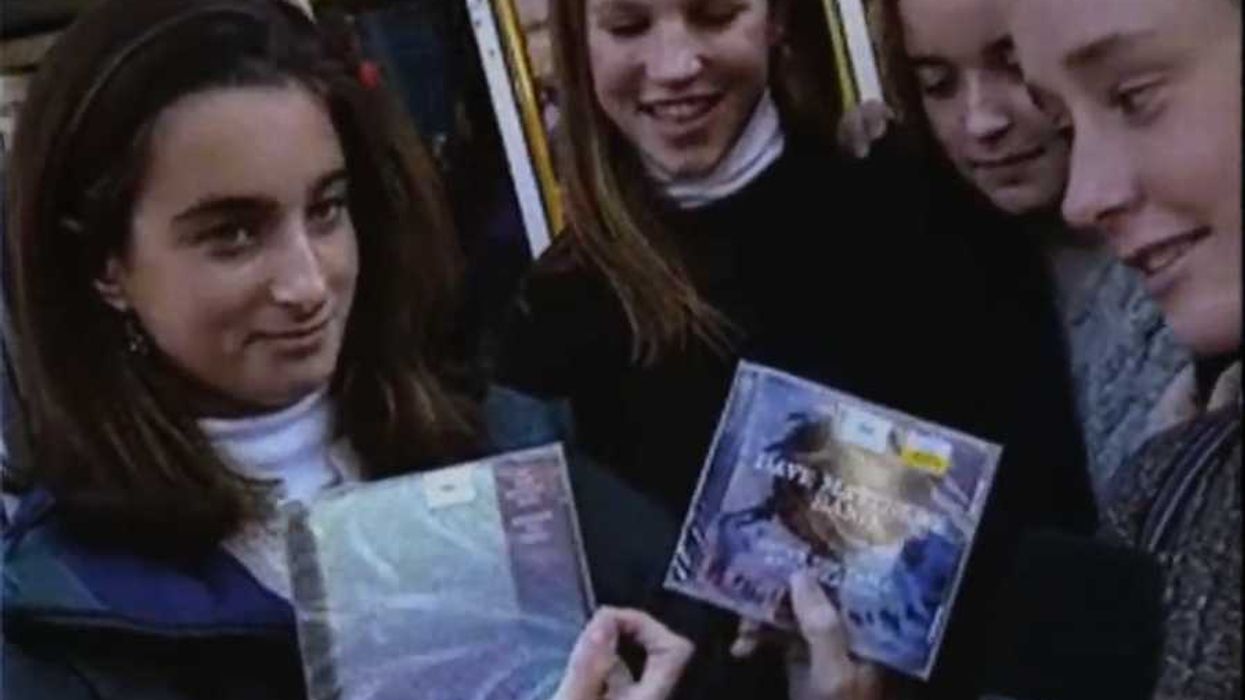Whether you call it soccer, football, or “the beautiful game,” it’s a global phenomenon.
Played in stadiums, in streets, and in dusty fields all over the world, the game will seize the international spotlight later in June when Russia hosts the 2018 FIFA World Cup in 11 cities — from Sochi to St. Petersburg.
Play Proud is a vital new initiative from Streetfootballworld USA designed to protect some of soccer’s most vulnerable players, and June is Pride Month.
The face of the campaign is American soccer star Megan Rapinoe, a member of the 2015 World Cup team that won gold in Vancouver, Canada. Rapinoe plays for the Seattle Reign FC, one of the founding teams of the National Women’s Soccer League. Proudly out, Rapinoe says that growing up, she would have benefitted from Play Proud’s core mandate of making youth soccer more inclusive and coaches more aware.
Rapinoe believes sports environments have traditionally not been safe spaces for LGBTQ youth, but she hopes this initiative will help change that for the next generation.
“Sometimes kids in the sports system can feel like they’re alone or like they don’t have anybody to talk to,” she said in the promotional video for the campaign. “Coaches want to do what’s right, they just don’t know how or they don’t know how to get information.”
Play Proud from Arch Rivals on Vimeo.
Play Proud is the brainchild of Lilli Barrett-O’Keefe, regional manager for Streetfootballworld USA, a global network of over 125 soccer-based non-profits in 80 countries helping to tackle social issues impacting young people. These include homelessness, gender-based violence, and gang culture. Now, having seen a tremendous need, Play Proud seeks to make youth soccer a safe space by educating coaches and staff about the challenges facing LGBTQ youth.
Among those challenges: a widespread perception that their communities don't accept them and that youth sports is not safe or welcoming, which is likely preventing participation. According to recent data, LGBTQ youth are twice as likely as their peers to be physically assaulted in school and half as likely to participate in organized sports.
“In the current political climate, an increasing number of LGBTQ youth are bullied in school, are victims of abuse and harassment, and experience homelessness and social isolation,” Barrett-O’Keefe says.
Through a crowdsourcing campaign that launched June 6, Barrett-O’Keefe and Play Proud were aiming to raise $100,000 to reach 3,600 coaches and 62,000 youth with a simple training toolkit.
The next phase will target 35,000 coaches and 2.5 million youth worldwide.
“Coaches have such powerful influence and impact on kids’ lives,” she says. “This kit gives coaches a basic 101 understanding of how to work with this population, helping them to understand the nuance of gender and sexuality. And it’s just as much for the straight kids.”
More than a billion people watched 2014’s FIFA World Cup final. This year, the World Cup is being hosted by a nation historically hostile to its LGBTQ citizens— a degree of discrimination that the U.S. State Department calls “widespread” and which spiked after the passage of the country’s notorious 2013 anti-gay “propaganda law.”
Now, through the confluence of Pride Month and the World Cup, Streetfootballworld sees a unique opportunity to get the message of inclusion out to players, coaches, and viewers.
Play Proud also wants to change the experience of many gay athletes, many of whom feel that their identities as members of the LGBTQ community and as athletes must exist in isolation.
“We believe you can be an out gay athlete,” Barrett-O’Keefe says. “For so many young LGBTQ youth, there is no safe space to be themselves and to be heard. We believe soccer can fill that void. Play Proud can save lives, literally.”





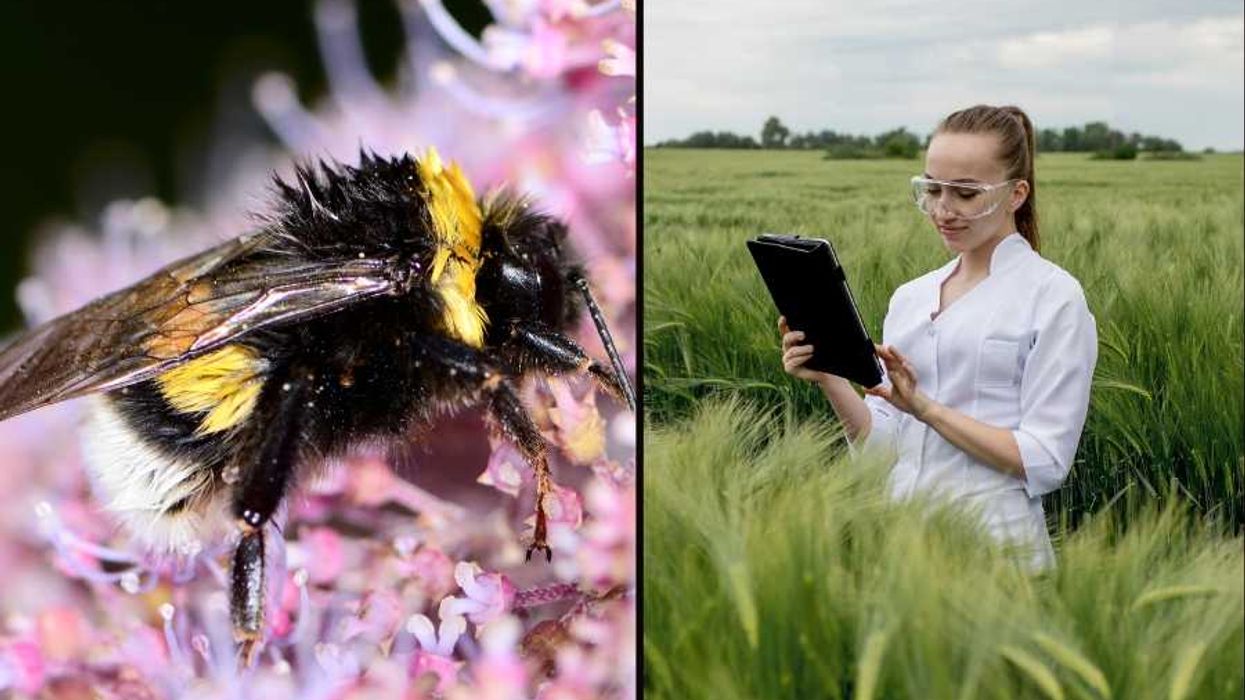



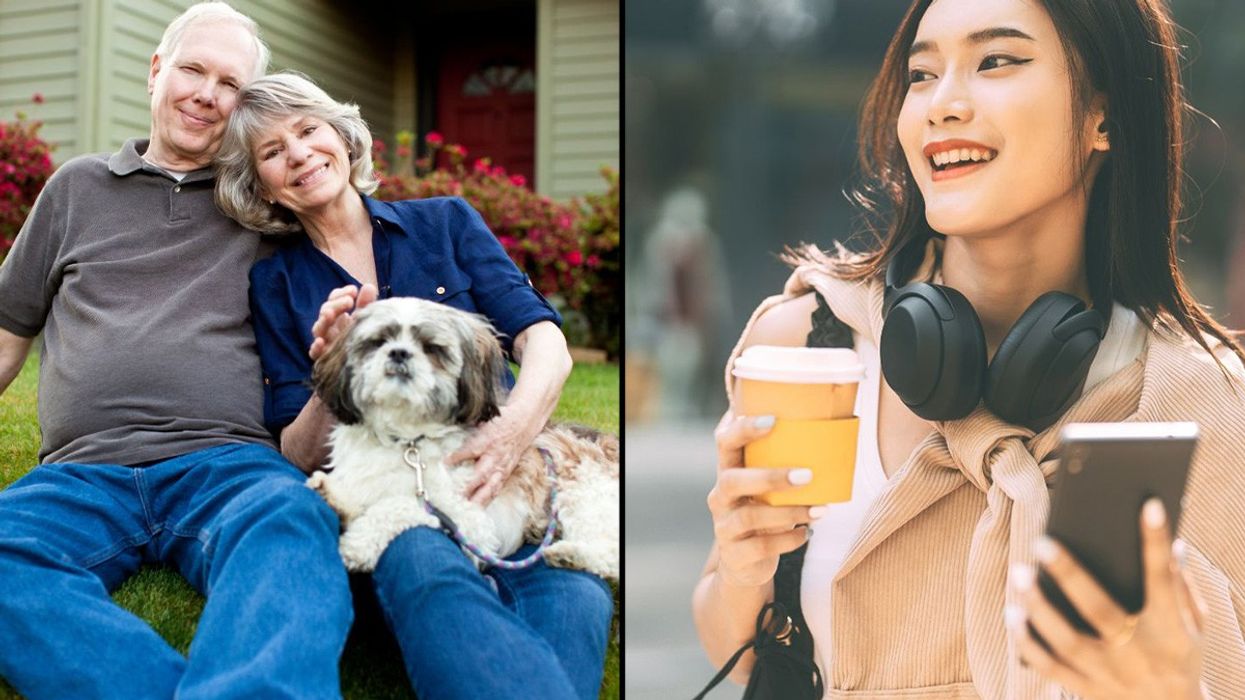

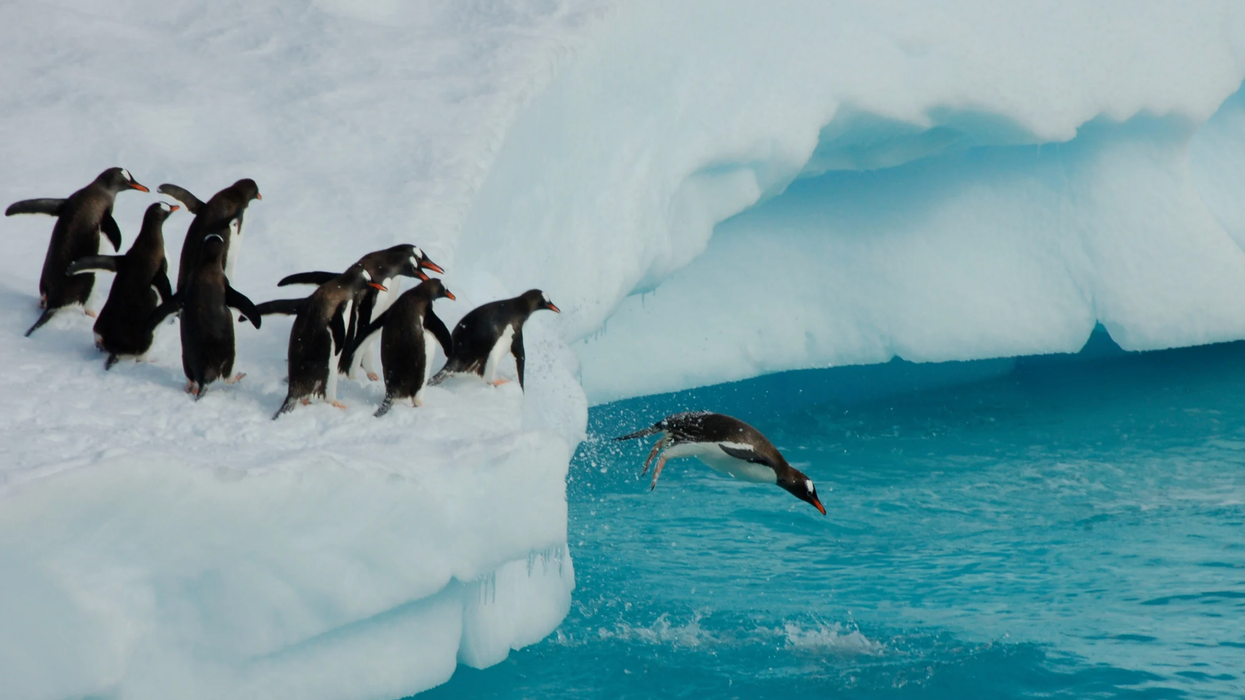
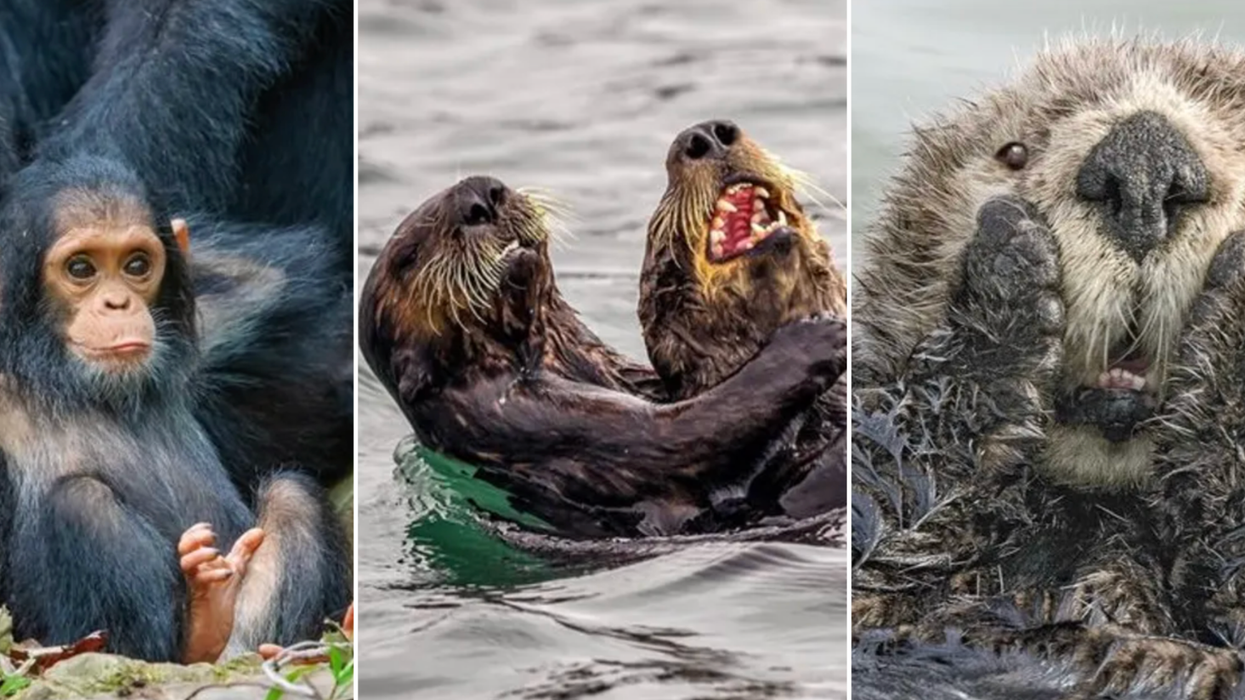



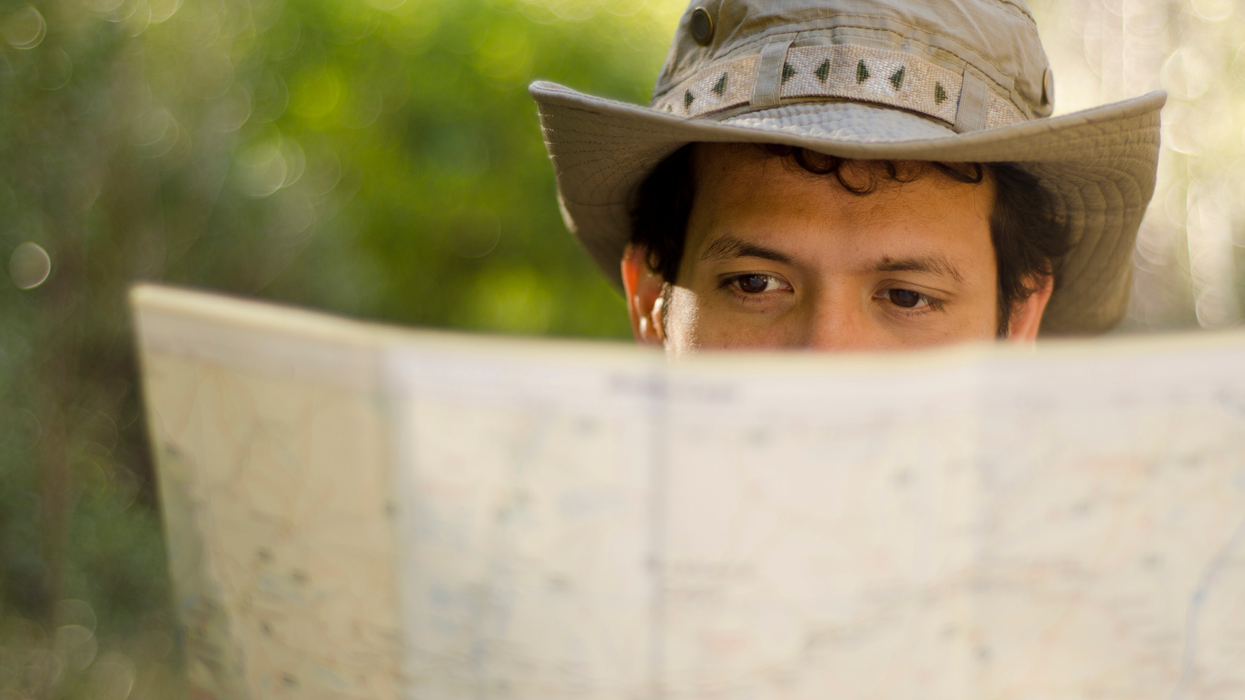
 Two people study a mapCanva
Two people study a mapCanva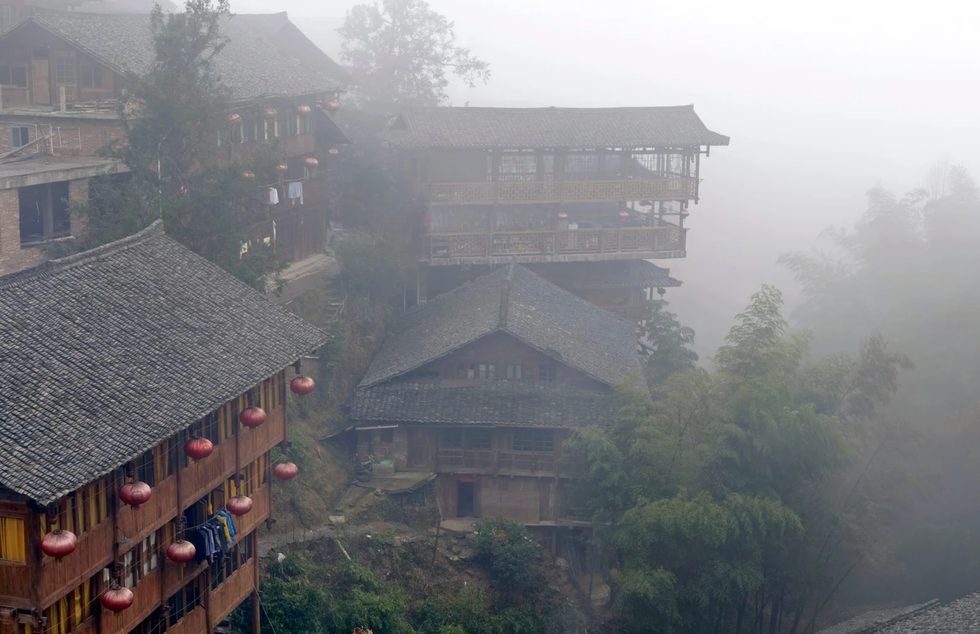 Foggy Chinese villageCanva
Foggy Chinese villageCanva

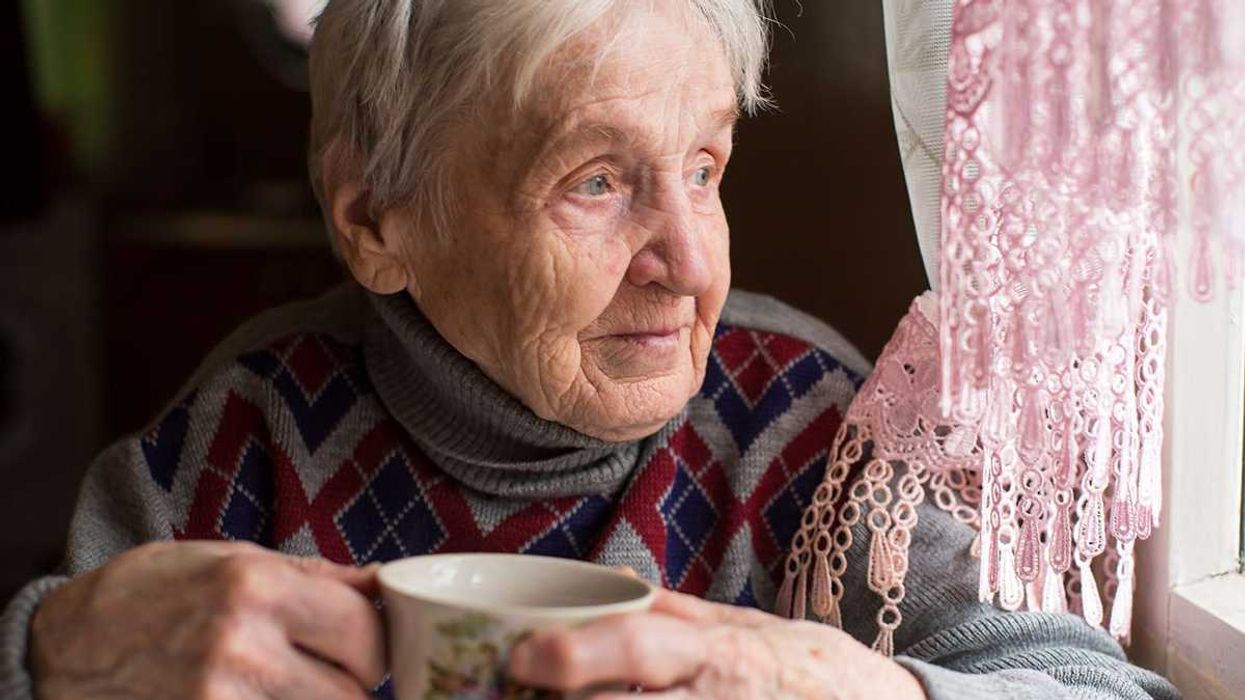 Older woman drinking coffee and looking out the window.Photo credit:
Older woman drinking coffee and looking out the window.Photo credit: 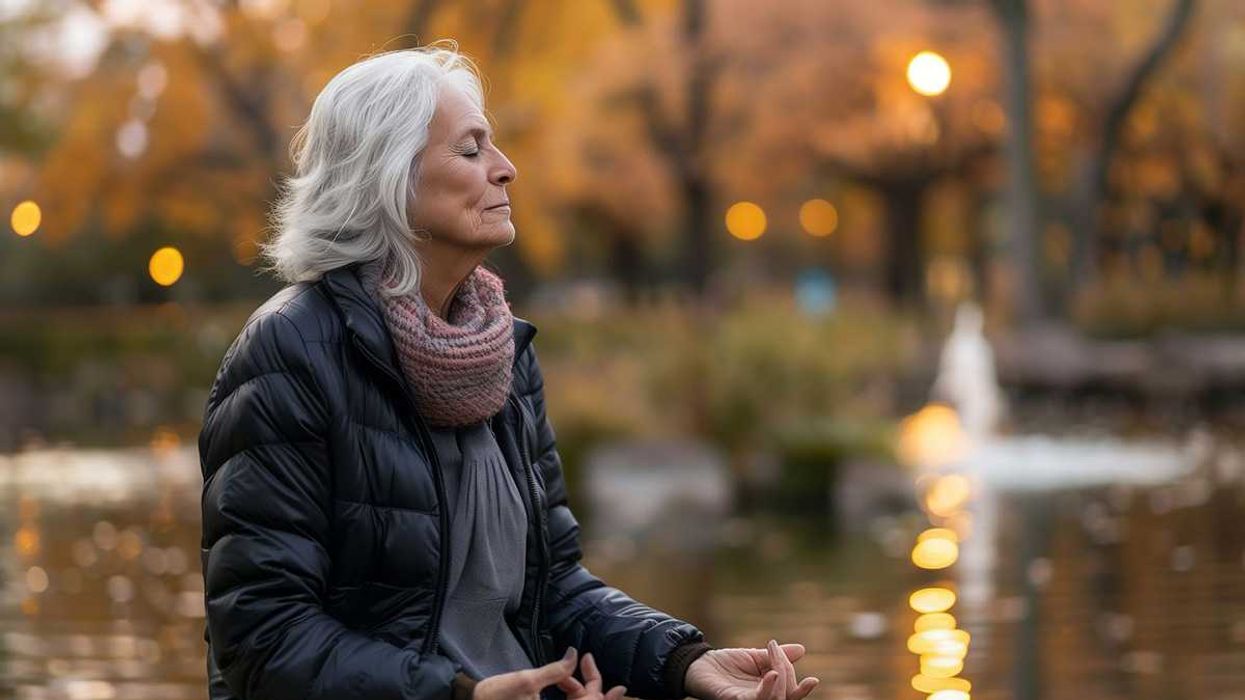 An older woman meditates in a park.Photo credit:
An older woman meditates in a park.Photo credit:  Father and Daughter pose for a family picture.Photo credit:
Father and Daughter pose for a family picture.Photo credit: 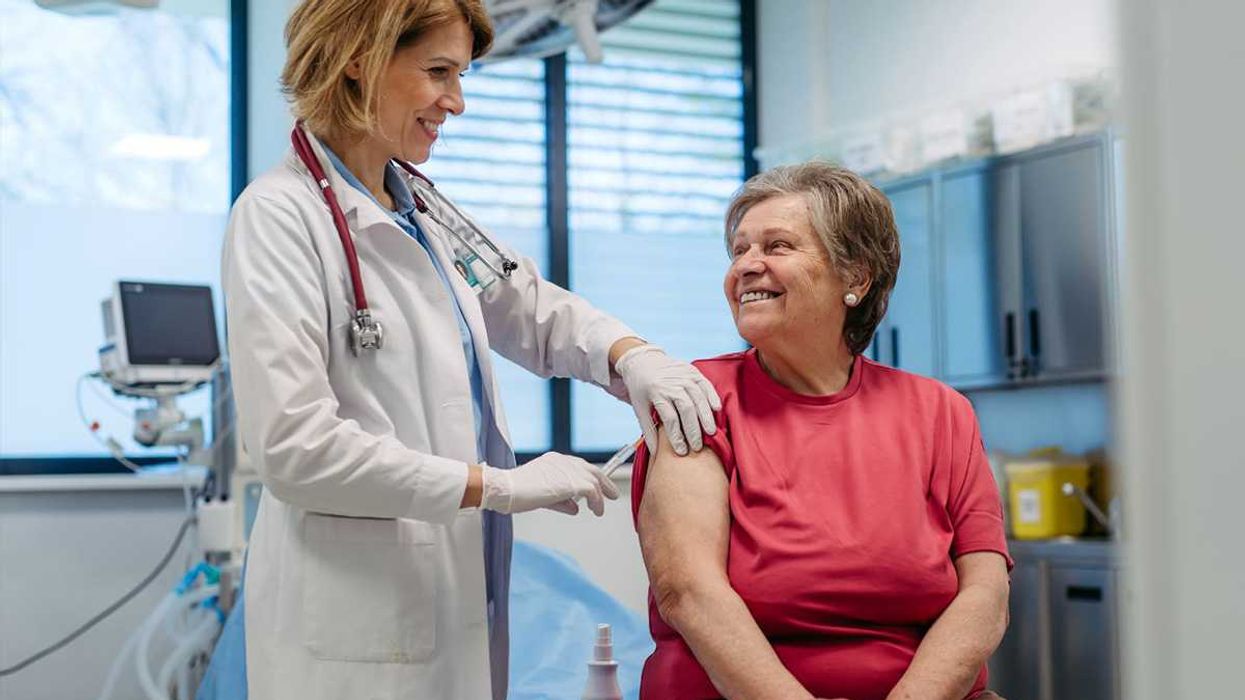 Woman receives a vaccine shot.Photo credit:
Woman receives a vaccine shot.Photo credit: 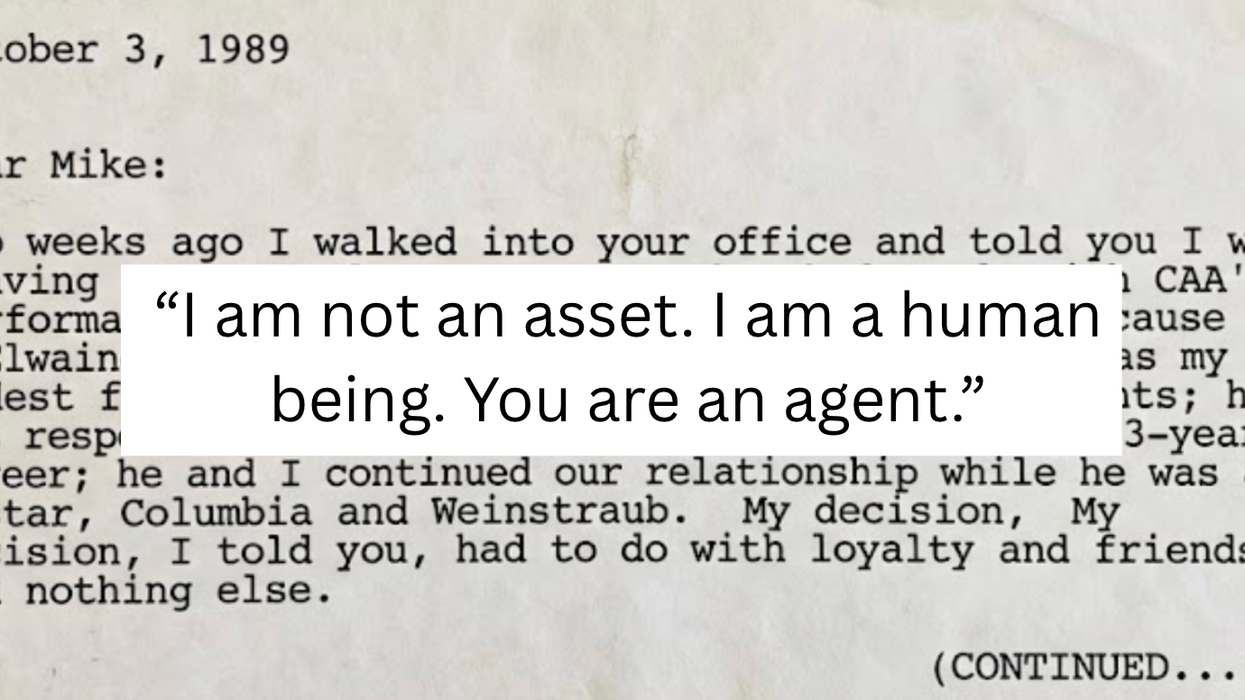
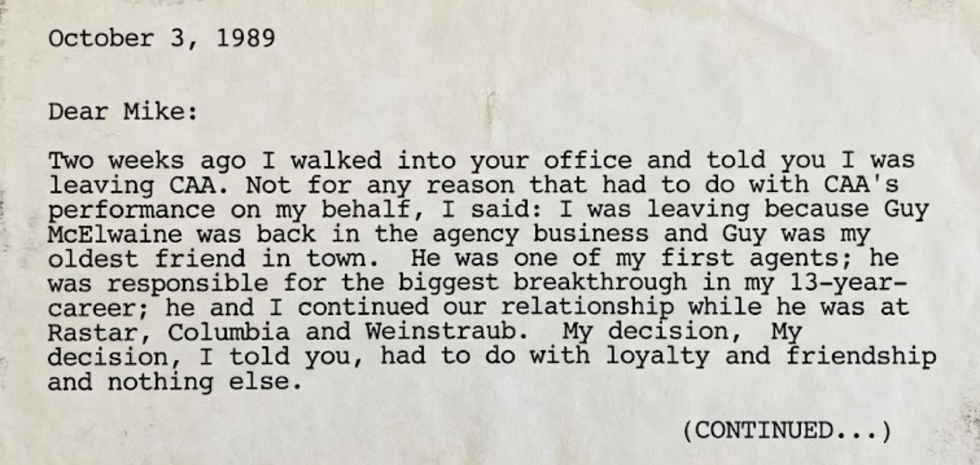 An excerpt of the faxCanva
An excerpt of the faxCanva

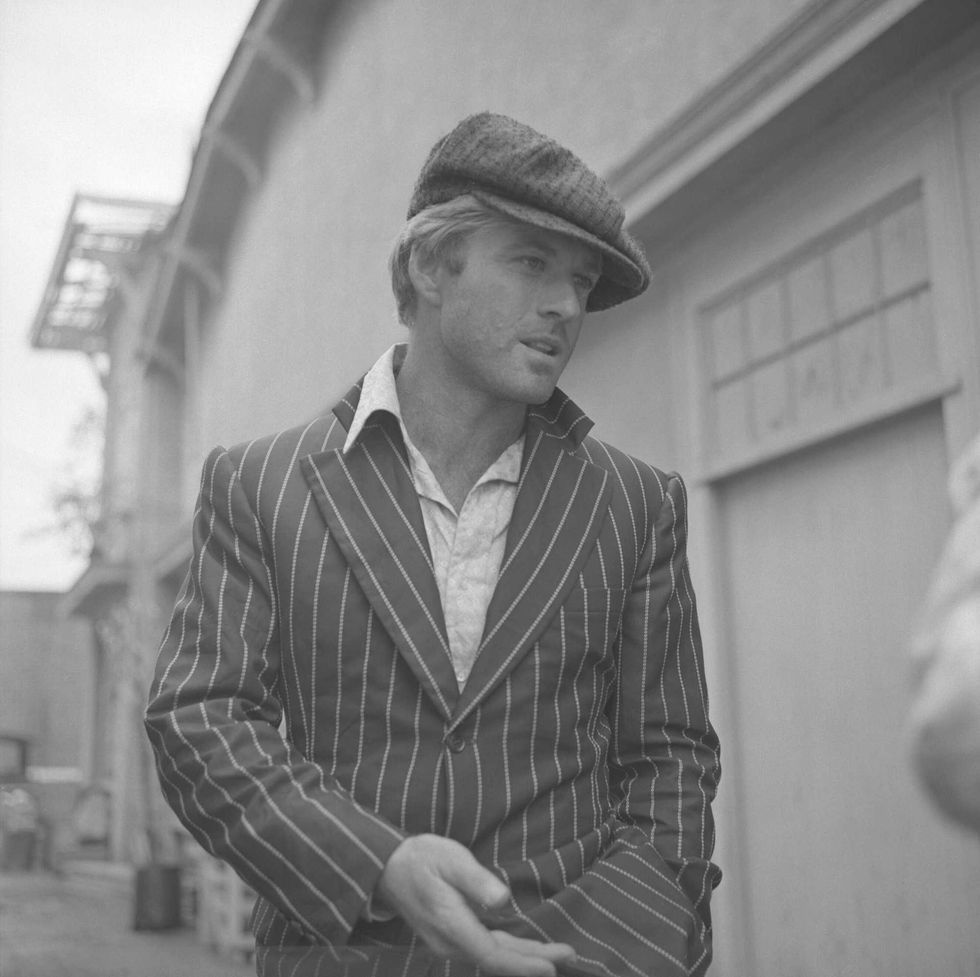 Robert Redford advocating against the demolition of Santa Monica Pier while filming "The Sting" 1973
Robert Redford advocating against the demolition of Santa Monica Pier while filming "The Sting" 1973